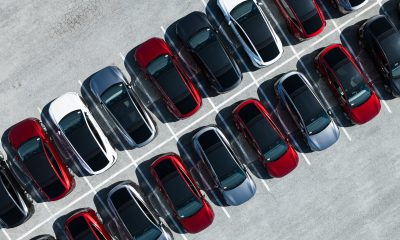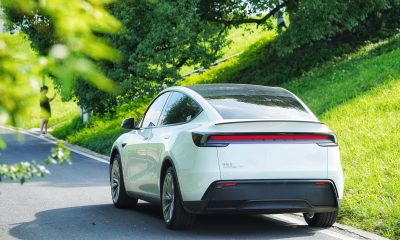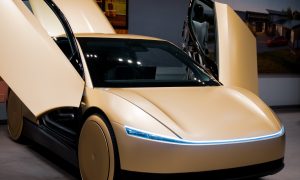In an interview with Teslarati, an early Tesla Model 3 owner, shared her story of how her Tesla saved her and her family’s lives when they were hit by another car. Anna Febiana was picking up her son and daughter from school and were just minutes away from their home when they were struck by a BMW.
Anna took delivery of her Model 3 in December of 2018 and the accident happened on October 1, 2019. Although it happened two years ago, this was a hard story for Anna to share due to the trauma but she believed that people need to know that her Tesla saved her and her family’s lives.
“That was a Thursday afternoon and the crazy thing is that people think accidents happen on the freeway or the busy street. No, it was two miles away from my house at a quiet intersection. I was hit by a Series 5 BMW. I think it’s an older version, like the early 2000s. The car was bigger than my Tesla Model 3.”
The impact caused her car to spin twice and crash into a wooden street pole that fell onto the roof over her Model 3. It was the glass roof that prevented the pole from fully penetrating the roof. Although it left a hole, the glass held.

Tesla glass is a key safety design in its vehicles and it can not only protect drivers from UV rays but it can take on four times the weight of the car. This fact has been proven in multiple stories of accidents where miraculously, the occupants in the car survived.
“I don’t think we could have come out of the car to tell this story if it’s not for stable the Model 3 was. But also especially for my son, if it was not for how strong the roof of the car was, I don’t think he would be here,” Anna told me over the phone.
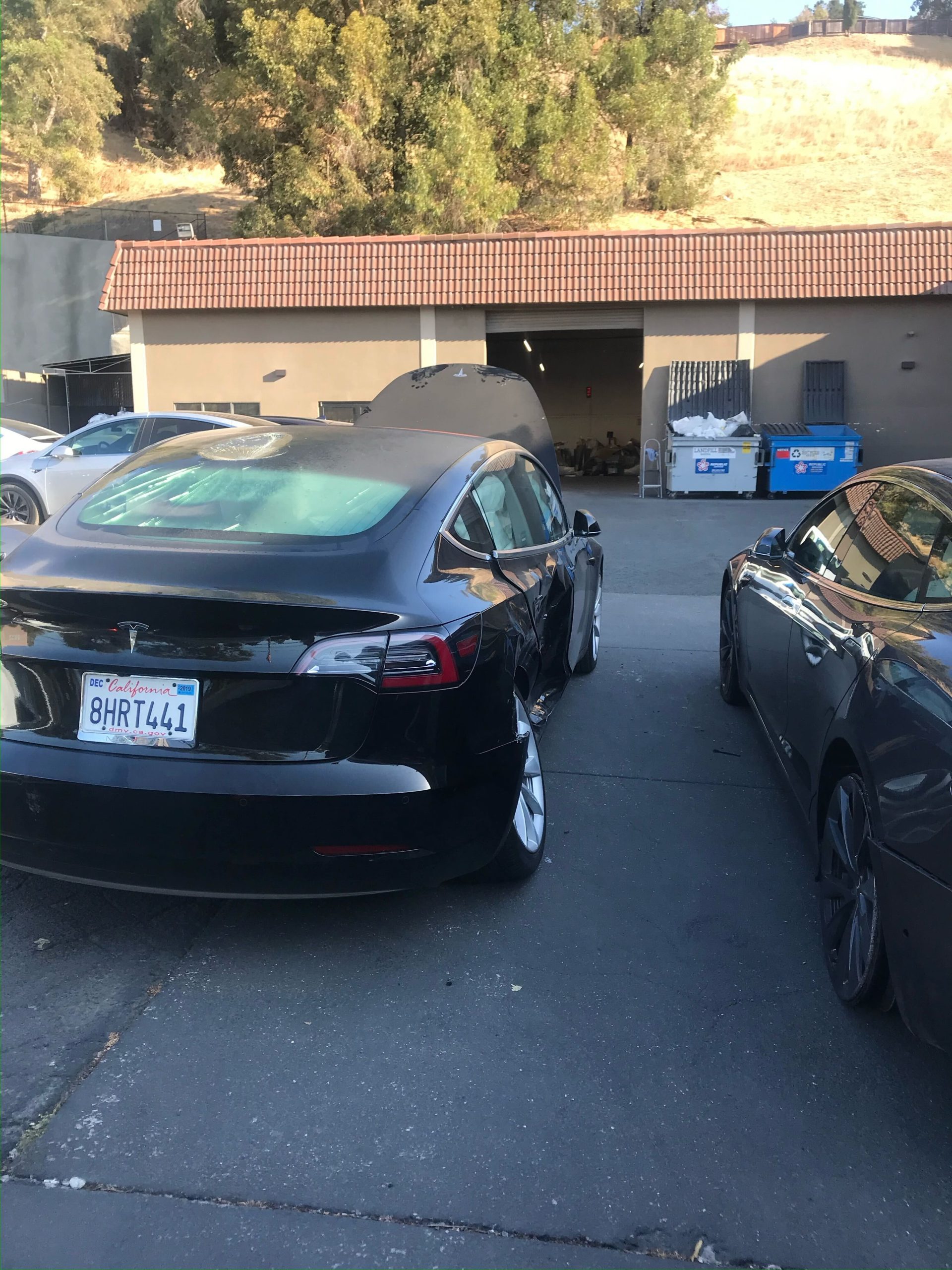
Anna’s daughter was sitting on the back passenger’s side where the impact occurred. Although she and her daughter had concussions, there were no bruises.
“The back wheel on the passenger side was completely crooked. My daughter was sitting there and because of how good the airbags were inside, I believe that saved my daughter. Both my daughter and I had concussions. My daughter had it a little bit worse than I had it. But there were no bruises on my daughter. It’s a miracle.”
Anna told me that she believed that God protected her that day through how safe the Model 3 was. She also didn’t realize how bad the accident was.
“After the accident, my son had all this corn-sized glass on top of his head and I didn’t have time to analyze anything. I was so shocked. My kids were in shock. My son had a bloody nose and half of his face was swollen.”
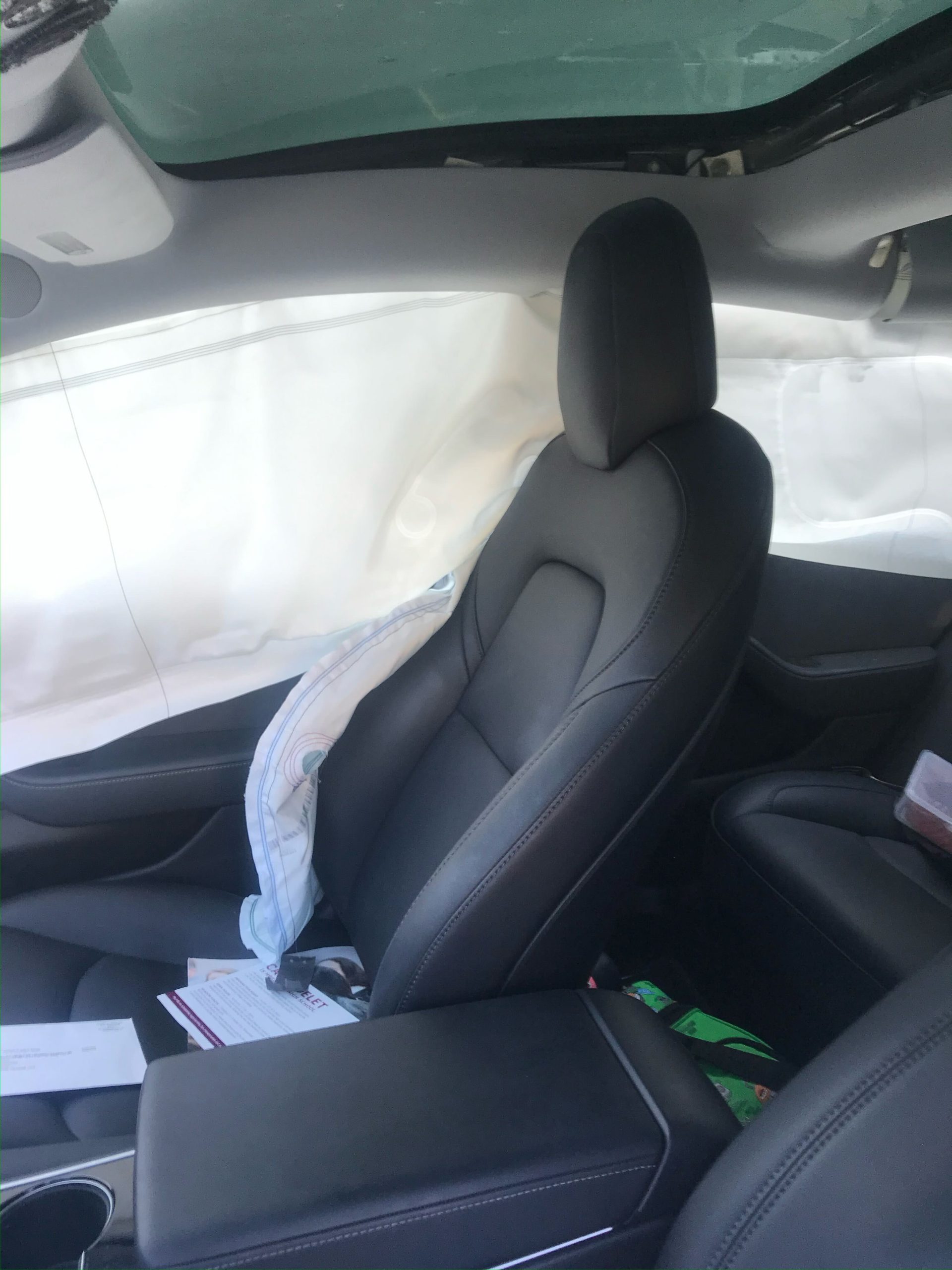
At that moment, her focus was on her children, not the accident itself. So she didn’t realize how bad it was until afterward. The car, she told me, didn’t flip over and they were able to leave the car.
When she saw the car after the accident, that’s when the gravity of the situation set in. She realized that all of the airbags had been deployed. And there was a big dent in the glass roof and a hole. The hole was above where her son was sitting. It was then she realized where those corn-sized pieces of glass came from.
“I don’t know if any other car has airbags the way Tesla designs the car with the airbags but with the strong impact, I had the side airbags deployed. The back–and I believe, as I said, saved my kids. That and how strong the car was.”
“My daughter got out of that crash with just a concussion. It’s a testament to how well built the car was.”
“When my car spun and stopped, the back of the car hit a street pole. I’ve never seen a wooden street pole anymore. I believe that the pole is the last of a kind in the city. It’s a wooden pole that held three different street signs. It was so heavy and I think that’s why the glass broke but it didn’t break completely.”
“Coming back and looking at the car, I got chills. Had it been any other glass or roof, I don’t think my son would be here today. He was sitting under that pole.”
Anna was the first person in her circle of friends to buy a Tesla. Many of her friends said that she was fancy and no, she was just tired of paying for service and maintenance and wanted to contribute to the planet by driving an EV.
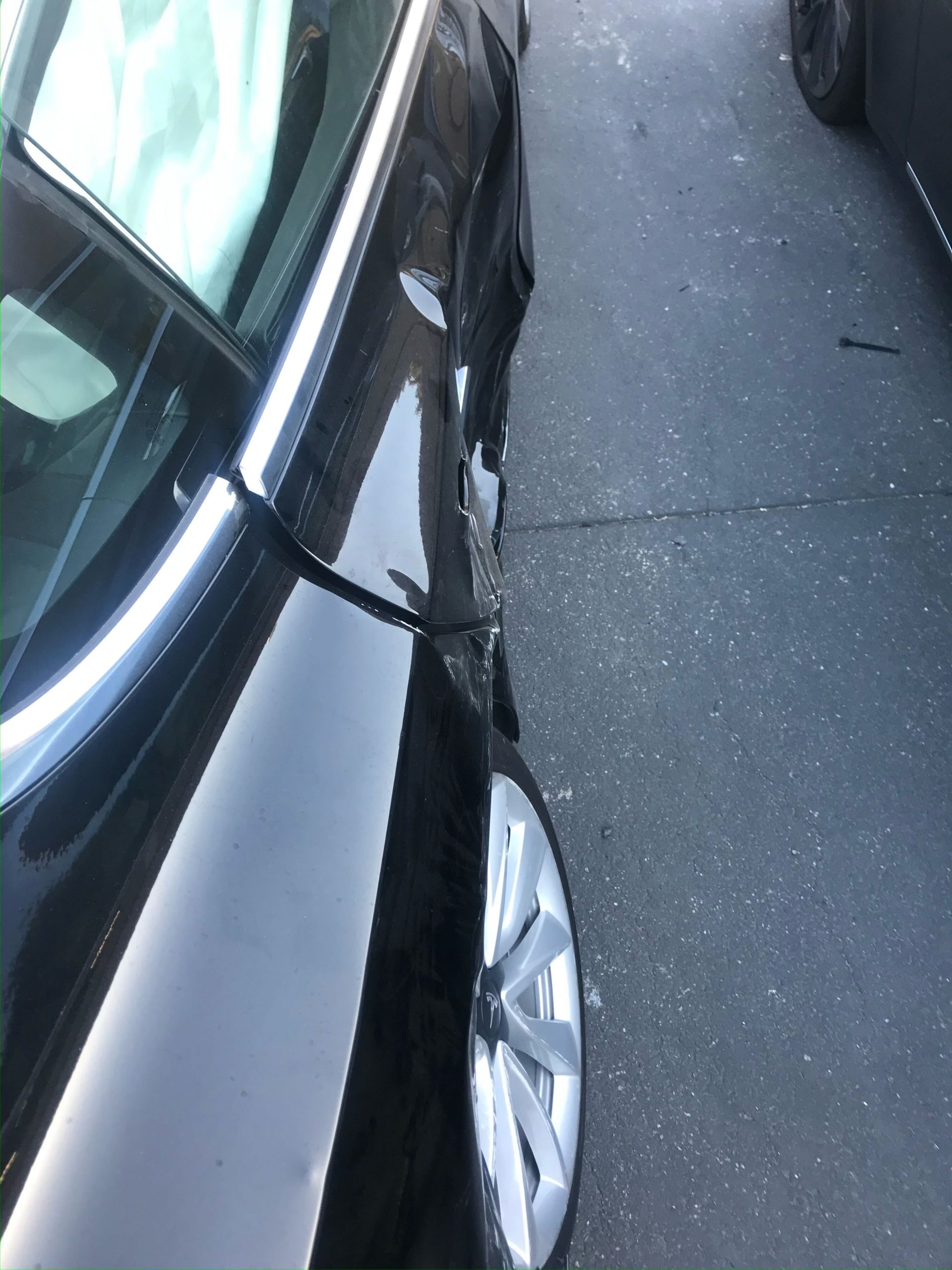
After the accident, she told me that many of her friends had skeptical questions. She told them that she was alive because her car was a Model 3. And of course, she was going to get another Tesla.
“People need to know. This is a good car. It’s fancy for some people. But it’s safe and I will get it again. And we got another Model 3.”

Note: Johnna is a Tesla shareholder and supports its mission.
Your feedback is important. If you have any comments, or concerns, or see a typo, you can email me at johnna@teslarati.com. You can also reach me on Twitter @JohnnaCrider1
Elon Musk
Why Tesla’s Q3 could be one of its biggest quarters in history
Tesla could stand to benefit from the removal of the $7,500 EV tax credit at the end of Q3.

Tesla has gotten off to a slow start in 2025, as the first half of the year has not been one to remember from a delivery perspective.
However, Q3 could end up being one of the best the company has had in history, with the United States potentially being a major contributor to what might reverse a slow start to the year.
Earlier today, the United States’ House of Representatives officially passed President Trump’s “Big Beautiful Bill,” after it made its way through the Senate earlier this week. The bill will head to President Trump, as he looks to sign it before his July 4 deadline.
The Bill will effectively bring closure to the $7,500 EV tax credit, which will end on September 30, 2025. This means, over the next three months in the United States, those who are looking to buy an EV will have their last chance to take advantage of the credit. EVs will then be, for most people, $7,500 more expensive, in essence.
The tax credit is available to any single filer who makes under $150,000 per year, $225,000 a year to a head of household, and $300,000 to couples filing jointly.
Ending the tax credit was expected with the Trump administration, as his policies have leaned significantly toward reliance on fossil fuels, ending what he calls an “EV mandate.” He has used this phrase several times in disagreements with Tesla CEO Elon Musk.
Nevertheless, those who have been on the fence about buying a Tesla, or any EV, for that matter, will have some decisions to make in the next three months. While all companies will stand to benefit from this time crunch, Tesla could be the true winner because of its sheer volume.
If things are done correctly, meaning if Tesla can also offer incentives like 0% APR, special pricing on leasing or financing, or other advantages (like free Red, White, and Blue for a short period of time in celebration of Independence Day), it could see some real volume in sales this quarter.
You can now buy a Tesla in Red, White, and Blue for free until July 14 https://t.co/iAwhaRFOH0
— TESLARATI (@Teslarati) July 3, 2025
Tesla is just a shade under 721,000 deliveries for the year, so it’s on pace for roughly 1.4 million for 2025. This would be a decrease from the 1.8 million cars it delivered in each of the last two years. Traditionally, the second half of the year has produced Tesla’s strongest quarters. Its top three quarters in terms of deliveries are Q4 2024 with 495,570 vehicles, Q4 2023 with 484,507 vehicles, and Q3 2024 with 462,890 vehicles.
Elon Musk
Tesla Full Self-Driving testing continues European expansion: here’s where
Tesla has launched Full Self-Driving testing in a fifth European country ahead of its launch.
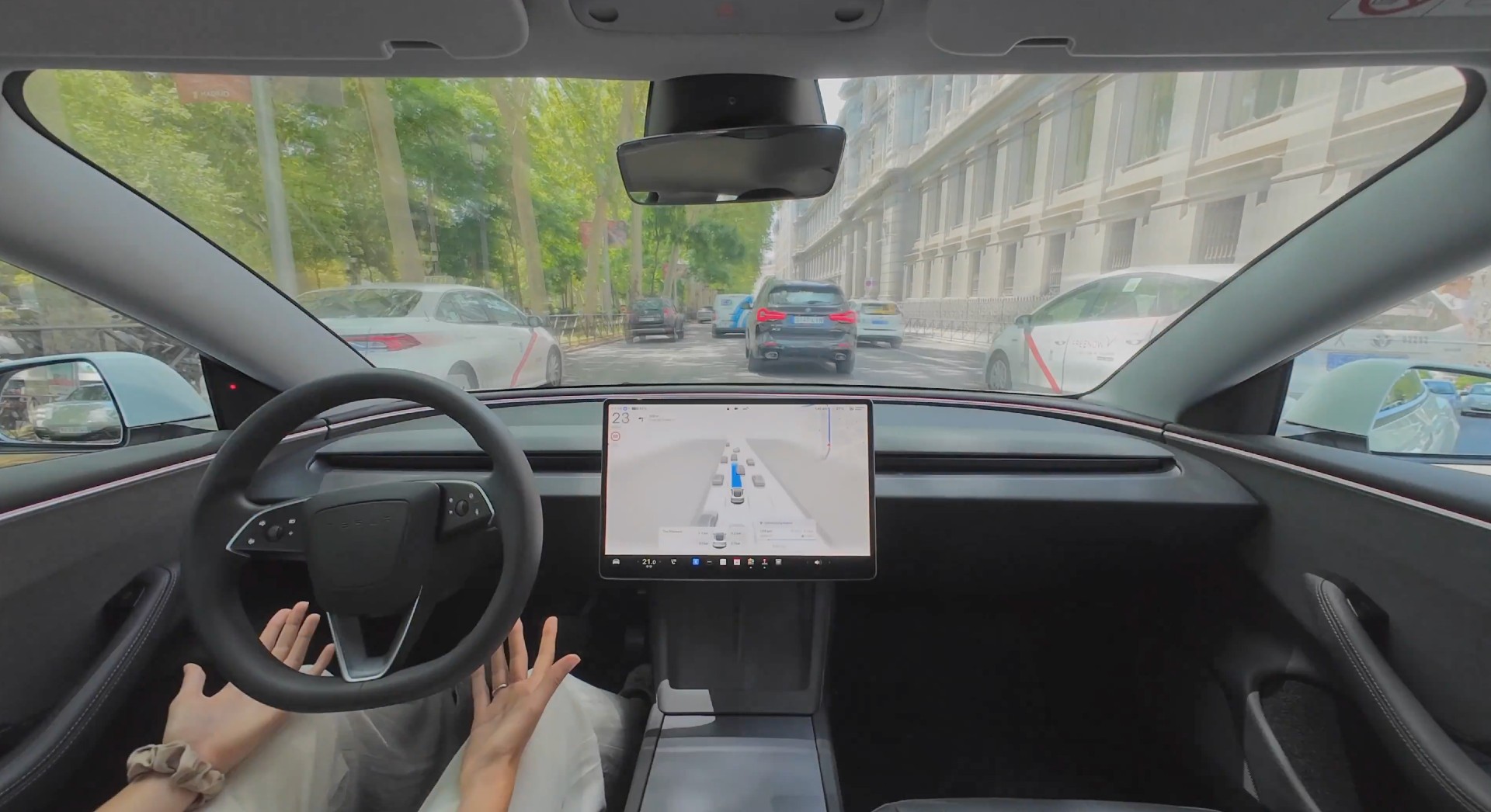
Tesla Full Self-Driving is being tested in several countries across Europe as the company prepares to launch its driver assistance suite on the continent.
The company is still working through the regulatory hurdles with the European Union. They are plentiful and difficult to navigate, but Tesla is still making progress as its testing of FSD continues to expand.
Today, it officially began testing in a new country, as more regions open their doors to Tesla. Many owners and potential customers in Europe are awaiting its launch.
On Thursday, Tesla officially confirmed that Full Self-Driving testing is underway in Spain, as the company shared an extensive video of a trip through the streets of Madrid:
Como pez en el agua …
FSD Supervised testing in Madrid, Spain
Pending regulatory approval pic.twitter.com/txTgoWseuA
— Tesla Europe & Middle East (@teslaeurope) July 3, 2025
The launch of Full Self-Driving testing in Spain marks the fifth country in which Tesla has started assessing the suite’s performance in the European market.
Across the past several months, Tesla has been expanding the scope of countries where Full Self-Driving is being tested. It has already made it to Italy, France, the Netherlands, and Germany previously.
Tesla has already filed applications to have Full Self-Driving (Supervised) launched across the European Union, but CEO Elon Musk has indicated that this particular step has been the delay in the official launch of the suite thus far.
In mid-June, Musk revealed the frustrations Tesla has felt during its efforts to launch its Full Self-Driving (Supervised) suite in Europe, stating that the holdup can be attributed to authorities in various countries, as well as the EU as a whole:
Tesla Full Self-Driving’s European launch frustrations revealed by Elon Musk
“Waiting for Dutch authorities and then the EU to approve. Very frustrating and hurts the safety of people in Europe, as driving with advanced Autopilot on results in four times fewer injuries! Please ask your governing authorities to accelerate making Tesla safer in Europe.”
Waiting for Dutch authorities and then the EU to approve.
Very frustrating and hurts the safety of people in Europe, as driving with advanced Autopilot on results in four times fewer injuries!
Please ask your governing authorities to accelerate making Tesla safer in Europe. https://t.co/QIYCXhhaQp
— Elon Musk (@elonmusk) June 11, 2025
Tesla said last year that it planned to launch Full Self-Driving in Europe in 2025.
Elon Musk
xAI’s Memphis data center receives air permit despite community criticism
xAI welcomed the development in a post on its official xAI Memphis account on X.
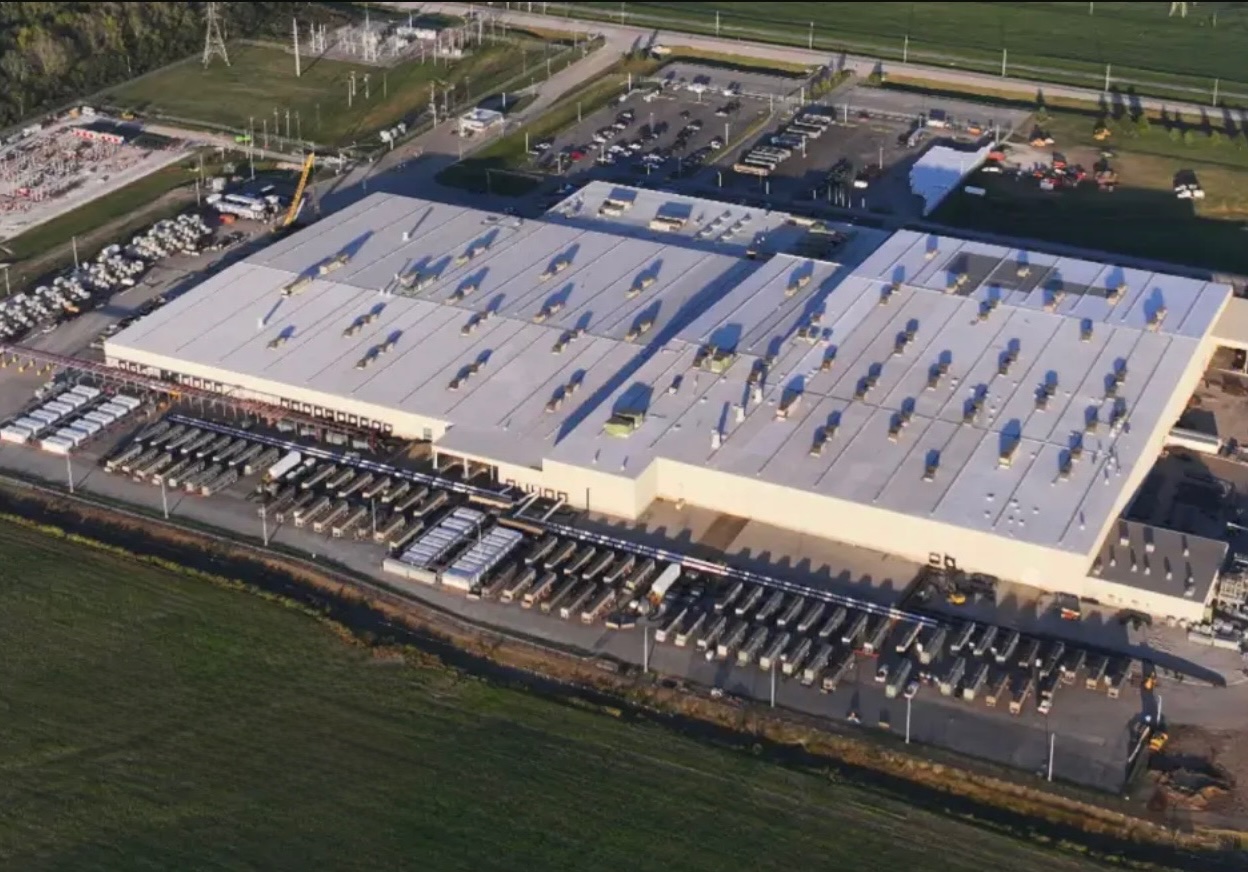
Elon Musk’s artificial intelligence startup xAI has secured an air permit from Memphis health officials for its data center project, despite critics’ opposition and pending legal action. The Shelby County Health Department approved the permit this week, allowing xAI to operate 15 mobile gas turbines at its facility.
Air permit granted
The air permit comes after months of protests from Memphis residents and environmental justice advocates, who alleged that xAI violated the Clean Air Act by operating gas turbines without prior approval, as per a report from WIRED.
The Southern Environmental Law Center (SELC) and the NAACP has claimed that xAI installed dozens of gas turbines at its new data campus without acquiring the mandatory Prevention of Significant Deterioration (PSD) permit required for large-scale emission sources.
Local officials previously stated the turbines were considered “temporary” and thus not subject to stricter permitting. xAI applied for an air permit in January 2025, and in June, Memphis Mayor Paul Young acknowledged that the company was operating 21 turbines. SELC, however, has claimed that aerial footage shows the number may be as high as 35.
Critics are not giving up
Civil rights groups have stated that they intend to move forward with legal action. “xAI’s decision to install and operate dozens of polluting gas turbines without any permits or public oversight is a clear violation of the Clean Air Act,” said Patrick Anderson, senior attorney at SELC.
“Over the last year, these turbines have pumped out pollution that threatens the health of Memphis families. This notice paves the way for a lawsuit that can hold xAI accountable for its unlawful refusal to get permits for its gas turbines,” he added.
Sharon Wilson, a certified optical gas imaging thermographer, also described the emissions cloud in Memphis as notable. “I expected to see the typical power plant type of pollution that I see. What I saw was way worse than what I expected,” she said.
-

 Elon Musk3 days ago
Elon Musk3 days agoTesla investors will be shocked by Jim Cramer’s latest assessment
-

 News1 week ago
News1 week agoTesla Robotaxi’s biggest challenge seems to be this one thing
-

 News2 weeks ago
News2 weeks agoTexas lawmakers urge Tesla to delay Austin robotaxi launch to September
-

 Elon Musk2 weeks ago
Elon Musk2 weeks agoFirst Look at Tesla’s Robotaxi App: features, design, and more
-

 Elon Musk2 weeks ago
Elon Musk2 weeks agoxAI’s Grok 3 partners with Oracle Cloud for corporate AI innovation
-

 News2 weeks ago
News2 weeks agoSpaceX and Elon Musk share insights on Starship Ship 36’s RUD
-

 News2 weeks ago
News2 weeks agoWatch Tesla’s first driverless public Robotaxi rides in Texas
-
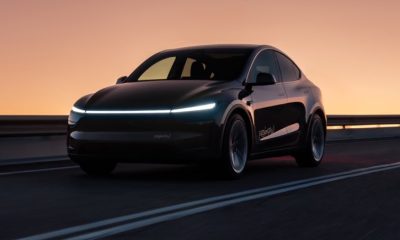
 News2 weeks ago
News2 weeks agoTesla has started rolling out initial round of Robotaxi invites


